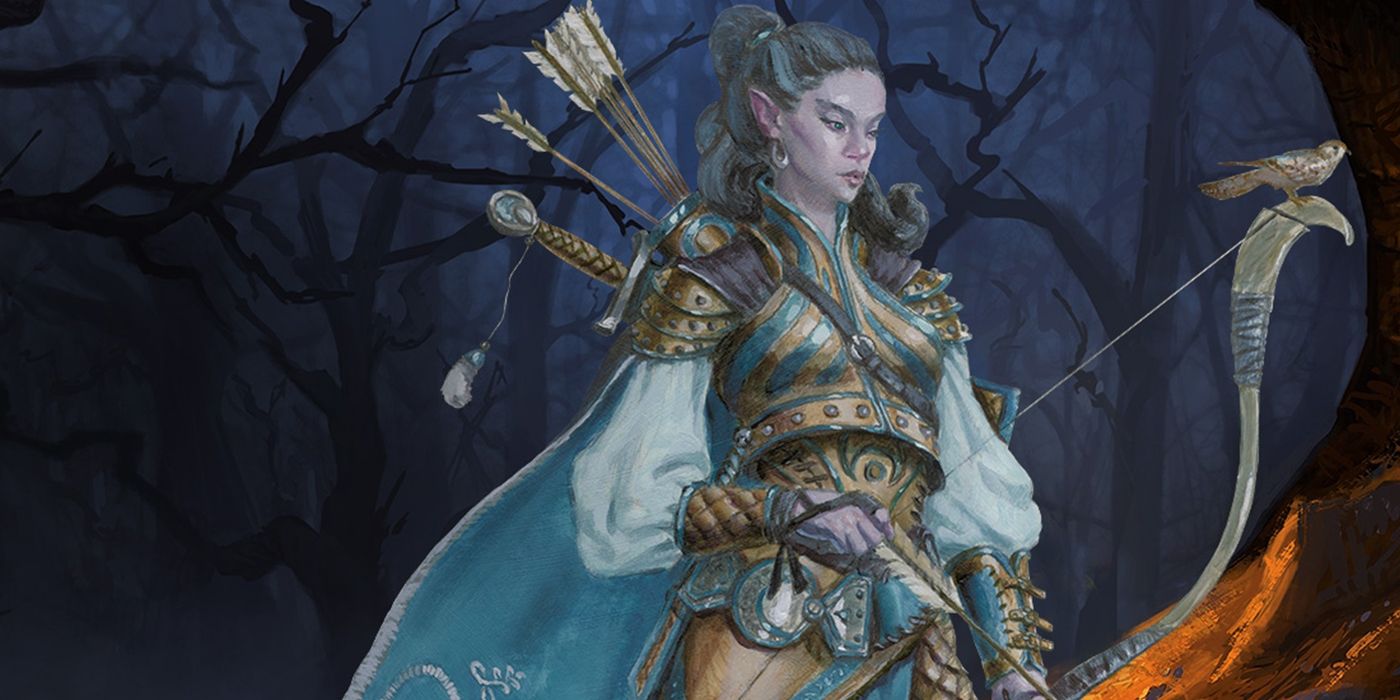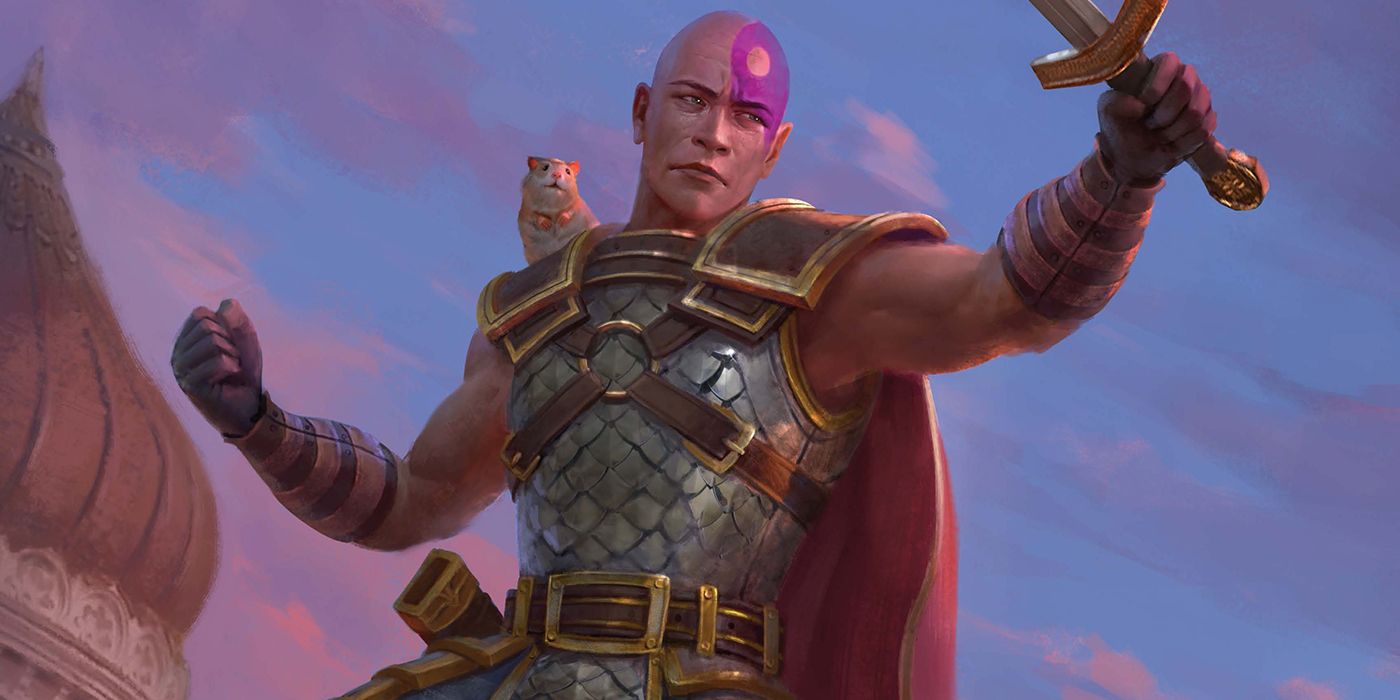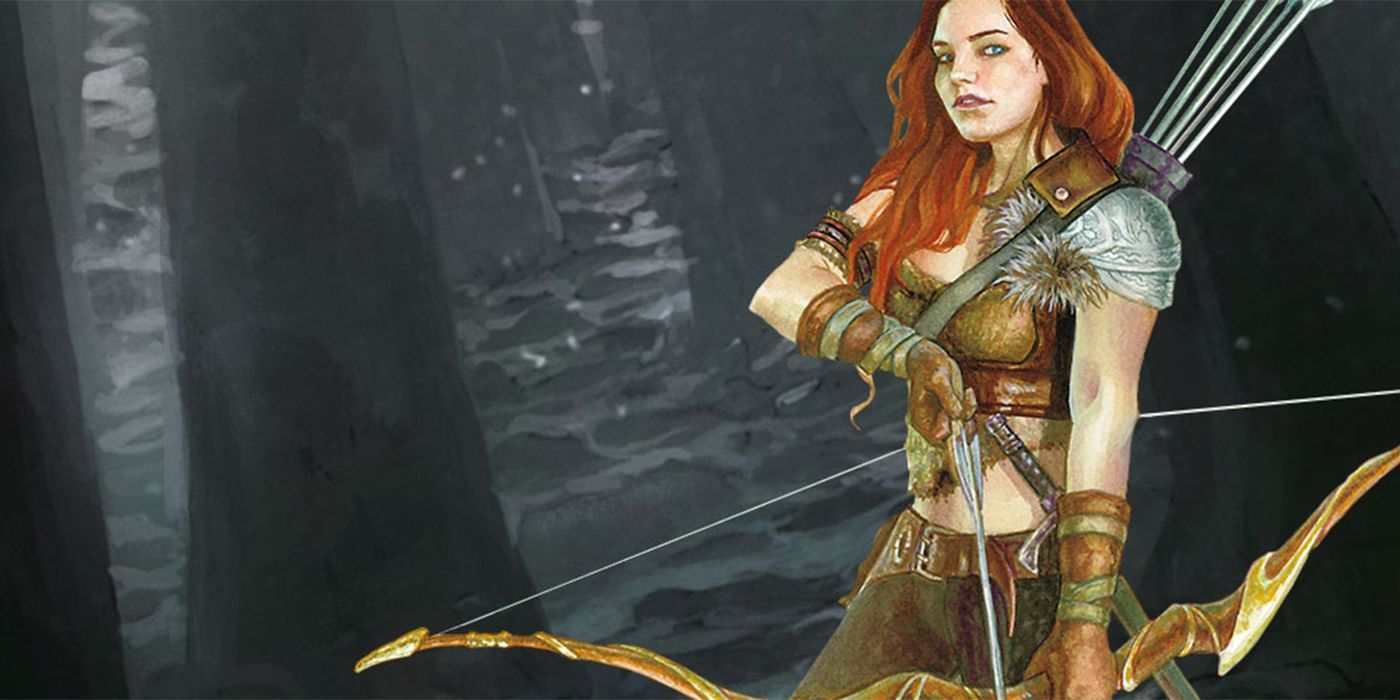Dungeons & Dragons 5e: Best Ranger Builds | Game Rant

Rangers are a Dungeons & Dragons class with a long-running reputation for being underwhelming compared to the rest. Still, even with the mixed reviews that rangers originally got in D&D 5e, the ranger's current half-caster and half-combat setup is much improved from previous iterations of the class--and besides that, the 5e ranger has itself been improved. Newer additions brought by Xanathar's Guide to Everything and various Unearthed Arcana should give players plenty of reason to give the ranger class a go.
So, what roles can a ranger fulfill? They can be built as an equivalent to the party's fighter or rogue--or, in some cases, they can even be both. Add some druidic casting to the fighter/rogue mashup, and there's the ranger: a good choice for players torn between any of those classes, offering the opportunity to be proficient as both scout and striker.
When picking a race for rangers with an optimal build, perhaps the best choice in the entire game would be the wood elf. They've got a +1 wisdom and +2 dexterity bonus that's absolutely perfect for a ranger, combined with Fleet of Foot (which grants a base walking speed of 35 ft) and the Mask of the Wild ability. Is this is the most unique option for a ranger? No. But it is extremely effective. For a dexterity-based ranger, the two other runner-ups that could replace a wood elf are variant humans and halflings.
Choosing a variant human works for the simple reason that they're designed to work with anything, so it's not hard to customize the character to suit this class. Halflings, meanwhile, get the same crucial +2 dexterity that wood elves do, and with their own innate Lucky ability combined with Brave and Halfling nimbleness, a halfling ranger won't frighten easily--and can explore every nook and cranny of a dungeon.
For a strength-based ranger, there are a couple of other choices: yes, the variant human could do this too, but a half-orc strength-based ranger would also be incredibly effective. While most people would picture half-orcs as barbarians, they get +2 strength and +1 constitution, which are both solid stats to give this type of ranger. They also get darkvision, savage attacks, and Relentless Endurance to make the half-orc ideal for a melee build as well.

As most could probably guess from the previous section, dexterity is going to be the most important ability score for a ranger, hands-down. Anyone going for a strength build is going to want strength as the highest score and dexterity as a close second; otherwise, dexterity should always be a 16 or higher. Next, come constitution and wisdom, and both of those scores should be at least a 13 or 14--higher if possible. No matter what the class, constitution is never going to be a dump stat; it's too important, as it determines hit points and therefore the character's survivability, while wisdom is important as the ranger's spellcasting stat.
Coming in fourth is intelligence; as it's helpful for investigation checks and the ranger's Favored Enemy abilities, the ranger's intelligence should be around a 12. It's not a dump stat, and if players can get it any higher then they absolutely should, although not at the cost of the first three abilities. After intelligence comes strength (unless the ranger follows a strength build, as stated above), and this score can be around a 10--or even used as the dump stat. However, it doesn't need to be the lowest stat when that dubious honor can go to charisma; rangers really have no need of it, making it the class's best stat to dump.
The next step is choosing the ranger's subclass, and this is the part of the class that was significantly improved by Xanathar's Guide to Everything later on. The thing is, 5e's base Player's Handbook only offered two ranger archetypes--hunter and beast master--and neither was all that impressive in terms of their capabilities compared with other classes. Then XGtE came along and introduced another three subclasses: gloom stalker, horizon walker, and monster hunter. Beast master really doesn't have any perks other than an animal companion (and they're not really useful in combat, ever) while the hunter is okay but pales in comparison to the new three--monster slayer is basically a slightly improved version of the hunter, anyway.
Of the remaining two archetypes, both are great choices, but the pick for "best build" has to go to the gloom stalker. This ranger archetype is optimized for doing the most in the very first round of battle (which is often the most important round) with abilities that dip into the rogue's skillset. They get an extra attack at the beginning of every battle, a handy flurry ability that gives them the number of attacks to rival a fighter, and some archetype-specific gloom stalker magic--including the always-useful Fear, and at higher levels, Greater Invisibility.
However, if this isn't interesting some players, the runner-up archetype is the horizon walker. This archetype works a little differently in combat; while gloom stalkers are perfect for sustaining a steady assault on one enemy, horizon walkers are oriented more towards mobility and moving from place to place all around the battlefield. They've got some of the best bonus spells a ranger can get (including Misty Step and Haste), and abilities that eventually allow them to teleport around the battle to deliver their attacks--even briefly become ethereal.
All that being said, the real name of the game when it comes to anything in D&D is having fun. So, if stalking forested lands with the help of an animal companion (something only allowed in the beast master archetype) sounds more appealing than anything else? Go for it. This guide simply illustrates the build that is mechanically the most powerful, but no character choice in D&D is worth it if players aren't also having fun.

Of the skills available to rangers, every single ranger regardless of build needs to be proficient in perception and stealth--they're not even really rangers without those key skills. Then there's acrobatics and athletics; if the ranger is dexterity-based, acrobatics is also mandatory. If the ranger is strength-based, then athletics is mandatory instead. All in all, determining the ranger's top three skills is pretty much a no-brainer! Then, if there's room to pick another skill or two, insight, survival, and investigation should all be considered as strong contenders.
When it comes to choosing feats, the choice will likely depend on what type of weapons the ranger is optimized for. Ranged-weapon users should waste no time in grabbing the Sharpshooter feat, while melee combatants should grab Resilient. Depending on what type of weapon is being used, Great Weapon Master, Polearm Master, and Crossbow Expert could all be critically important feats--but, if the ranger doesn't use great weapons, polearm weapons, or crossbows, then they're all totally unnecessary. Any and every ranger, however, can consider War Caster, Alert, and Lucky as well.
Once players top off their ranger will a well-suited background--Outlander, Sailor, Far Traveler, and Uthgardt Tribe Member are all great--they should be all set to get started playing. Rangers may not be as generally well-put-together as other classes, but given the right combination of abilities and bonuses, they're a guaranteed force to be reckoned with.

Post a Comment